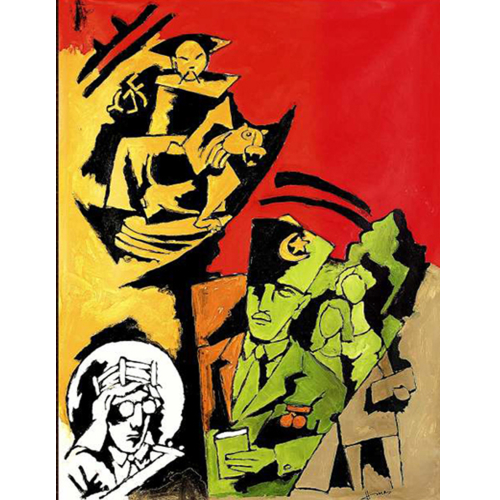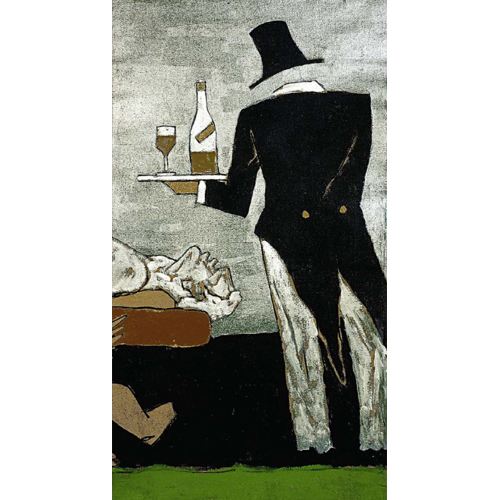About The MF Hussain


"Mostly people are ignorant, what is the language of painting. You know, they're ignorant. It is so difficult to make them aware, but time will teach them."
M.F. Hussain, also known as Maqbool Fida Hussain, was one of the most prominent and celebrated Indian artists of the 20th century. Born on September 17, 1915, in Pandharpur, Maharashtra, Hussain began his career as a painter in the late 1930s, and over the years, became renowned for his distinct style and bold, expressive use of color.
Hussain's works were often inspired by Indian mythology, culture, and history. He was particularly well-known for his depictions of horses, which he considered to be a symbol of power, grace, and beauty. Hussain's work often included bold, abstract lines and shapes, which gave his paintings a dynamic, energetic feel.
Over the course of his career, Hussain received numerous accolades and awards for his contributions to Indian art. He was awarded the Padma Shri in 1966 and the Padma Bhushan in 1973, and in 1991, he was nominated to the Rajya Sabha, the upper house of the Indian Parliament. In 2004, Hussain was honored with the Padma Vibhushan, India's second-highest civilian award.
Despite his success and acclaim, Hussain was also a controversial figure. In 1996, a group of conservative Hindus filed a case against him, claiming that some of his paintings were offensive to Hinduism. Hussain went into self-imposed exile in 2006, and spent the last years of his life in Qatar and London.
Hussain passed away on June 9, 2011, at the age of 95. He left behind a rich legacy of art and creativity, which continues to inspire and captivate audiences around the world. His paintings are treasured by art collectors and enthusiasts alike, and his influence on the world of Indian art is immeasurable.
MF Hussain serigraph
;





























